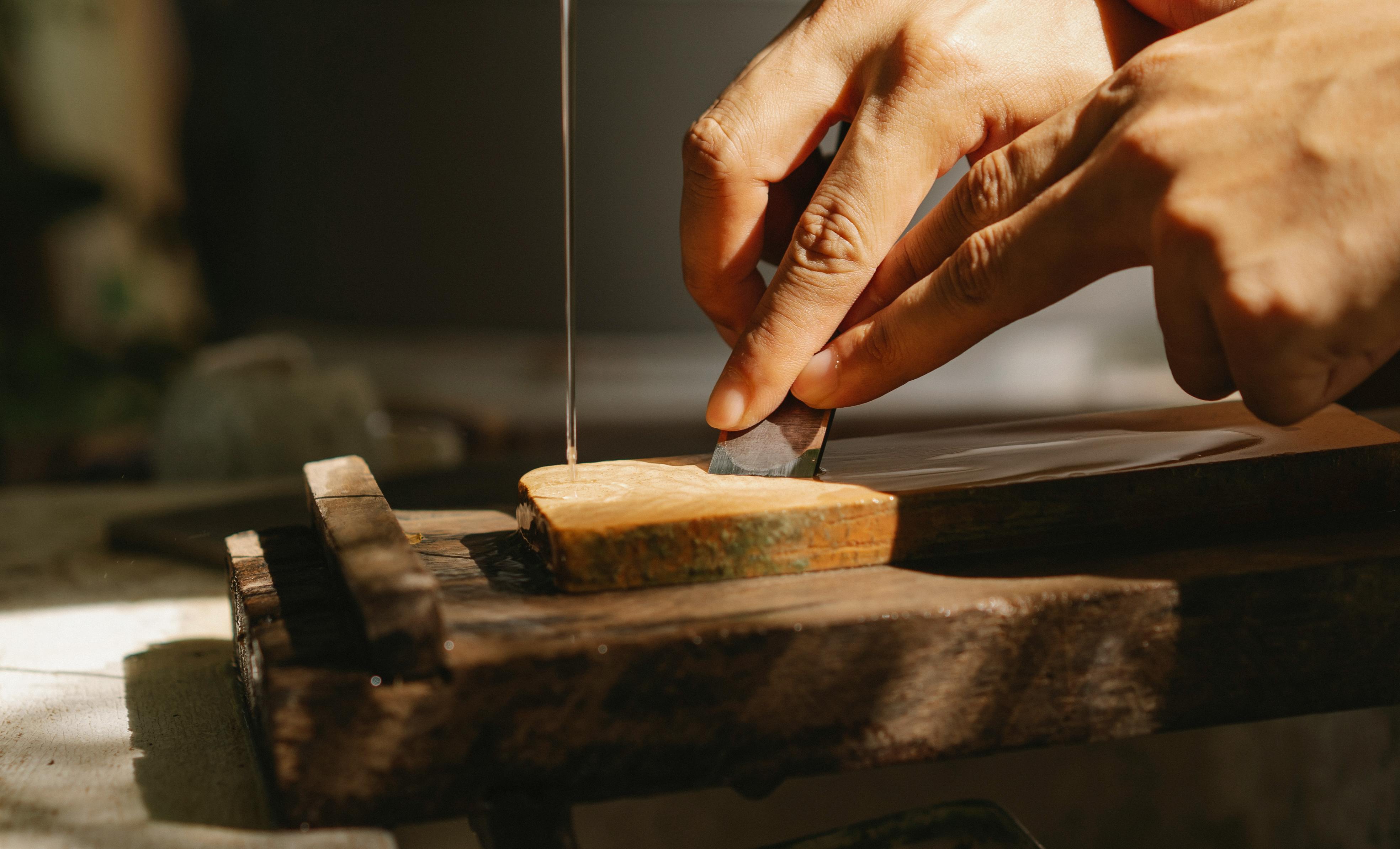Assigning a monetary value to a used forklift for sale turns out to be a difficult task at best. As a seller, you want to make a small profit on your initial investment, but not scare off potential buyers with an overpriced offer. As a buyer, you don’t want to overprice or overpay for a forklift that may require additional maintenance, parts, or other expenses.
The price is subjective and depends on many factors. When determining the value of a forklift, write down all the information you know about it so you can see where to make price deductions and where the price might increase due to a special feature or recent replacement of a part.
Forklift age (in years)
The age of the forklift is one of the biggest determining factors when it comes to price. Because machine prices (like car values) depreciate at an almost exponential rate from the sticker price when new, you can look up a new model of your machine and deduct the price from there. On average, a forklift will depreciate up to 15% per year. Use it as your base price before you start adding or deducting value based on other factors.
usage and history
You can have two exactly the same forklifts made in the same year that are very different in value because one has a much better use and treatment history than the other. For example, if you have a forklift built in 2007 that ran 20 hours a day lifting heavy concrete in freezing temperatures, and an identical model that was only used 7-8 hours a day lifting lighter loads in an e-commerce warehouse, the second will have a much higher value than the first.
Forklift usage is recorded in hours, and the way you compare forklift hours to machine value is much the same as how you would compare mileage on cars of the same age. Key hours on a forklift count the number of hours the forklift has been on, but idle hours (often considered the more accurate measure) count the number of hours an operator has actually used the forklift to lift or transport materials.
Characteristics
Additional features almost always add value to your forklift. For example, if your forklift has a computerized control panel instead of a standard manual one, this will add value. Other value-added features include scales that weigh your loads automatically and in-transit, accessories sold with the forklift, and air-conditioned cabs, to name a few. Basically, anything that doesn’t come standard on a new model is considered an extra, value-adding feature.
To calculate the value any feature adds, find out the new price of this feature if you were to add it to a current forklift, then discount a value for age and the fact that it is being sold as a package with a used forklift. .
Actual condition
The current state of a forklift depends on how well it has been cared for up to the point of resale. A machine with intact paint will be worth hundreds of dollars more than the same model with rust spots all over it. The seller of a machine with a clean and well-maintained engine can command a higher price than a guy who ran his machine rough and now has trouble starting it. Also, any parts that have recently been replaced add a bit of value to the machine because the buyer knows that they are getting something that will not immediately cost them extra money.
The most important thing to do when determining the value of a forklift is to communicate all the details of the forklift’s past and maintenance. When you have all the details in mind, you can make the most informed decisions about value estimates and total machine value. Keep in mind that there are no set rules for exactly how much a used forklift should cost, and a lot will also depend on the supply and demand for used forklifts in your area.

